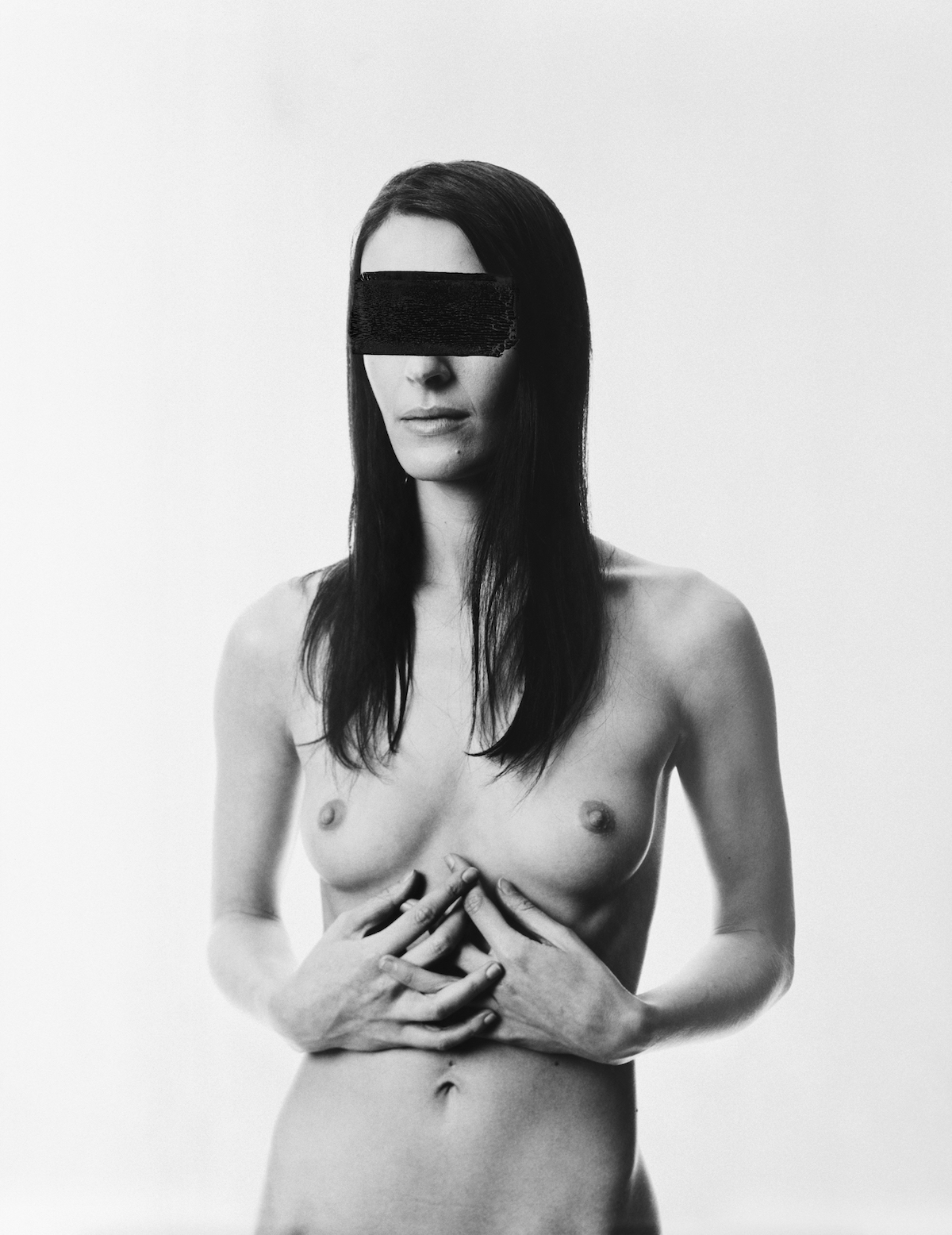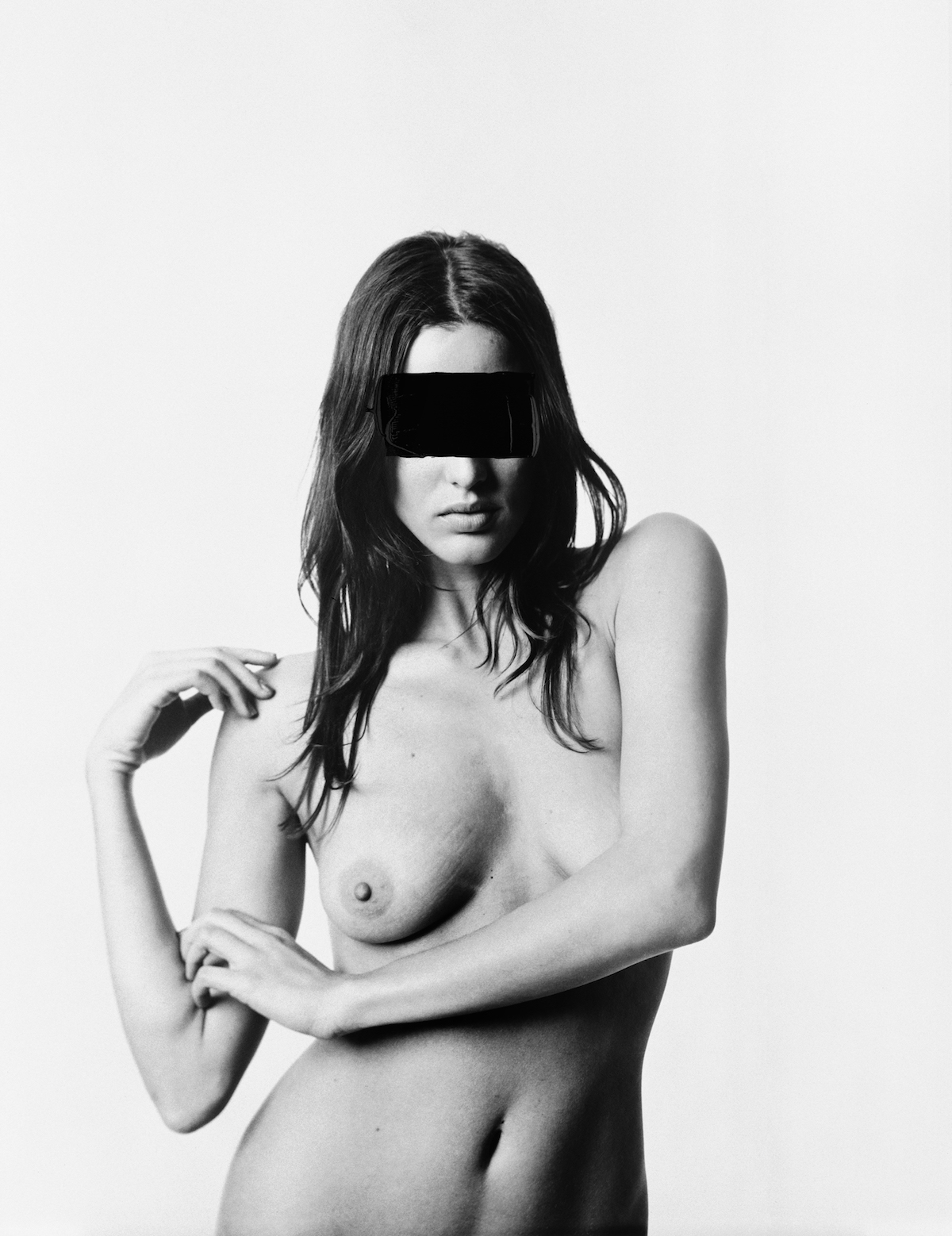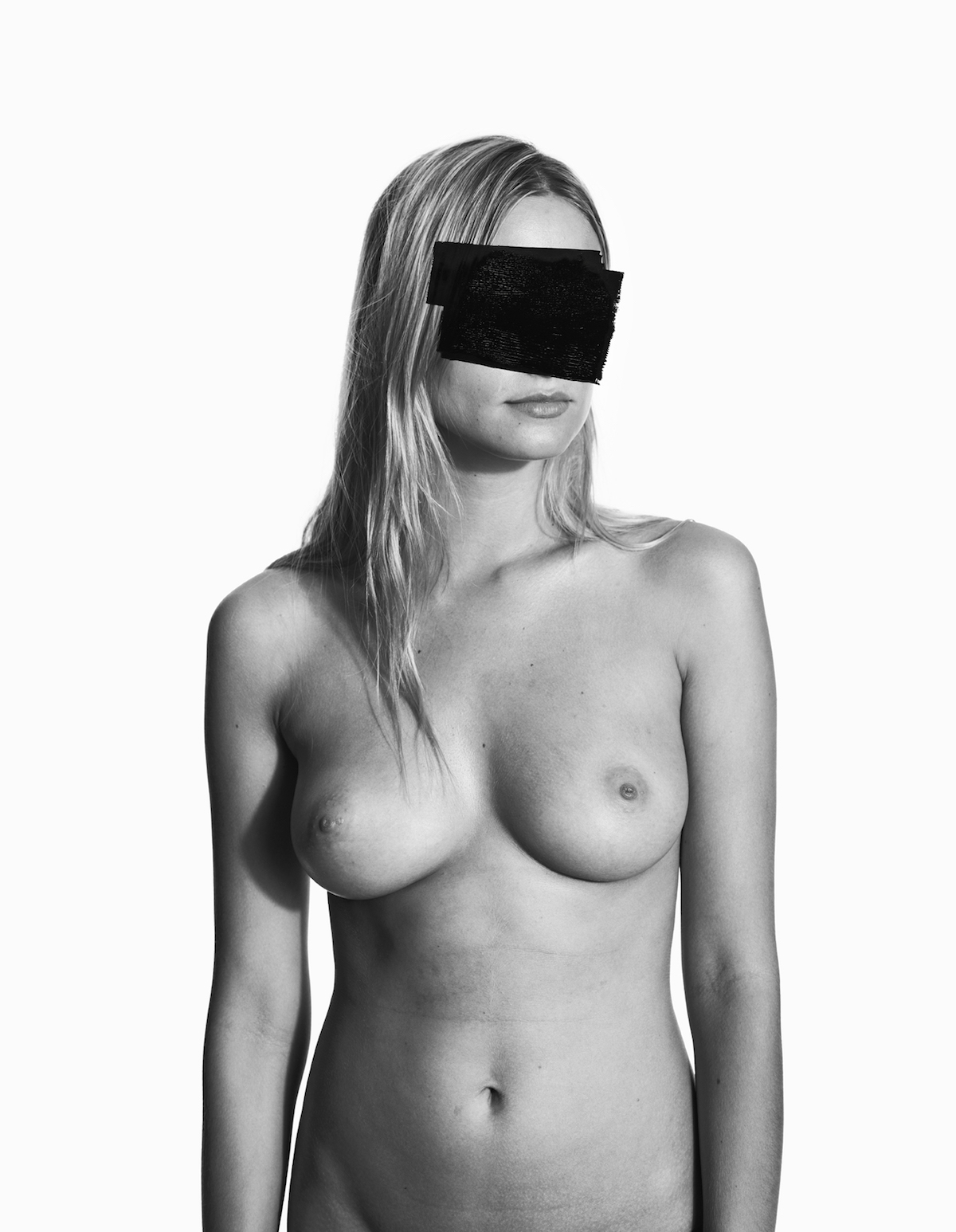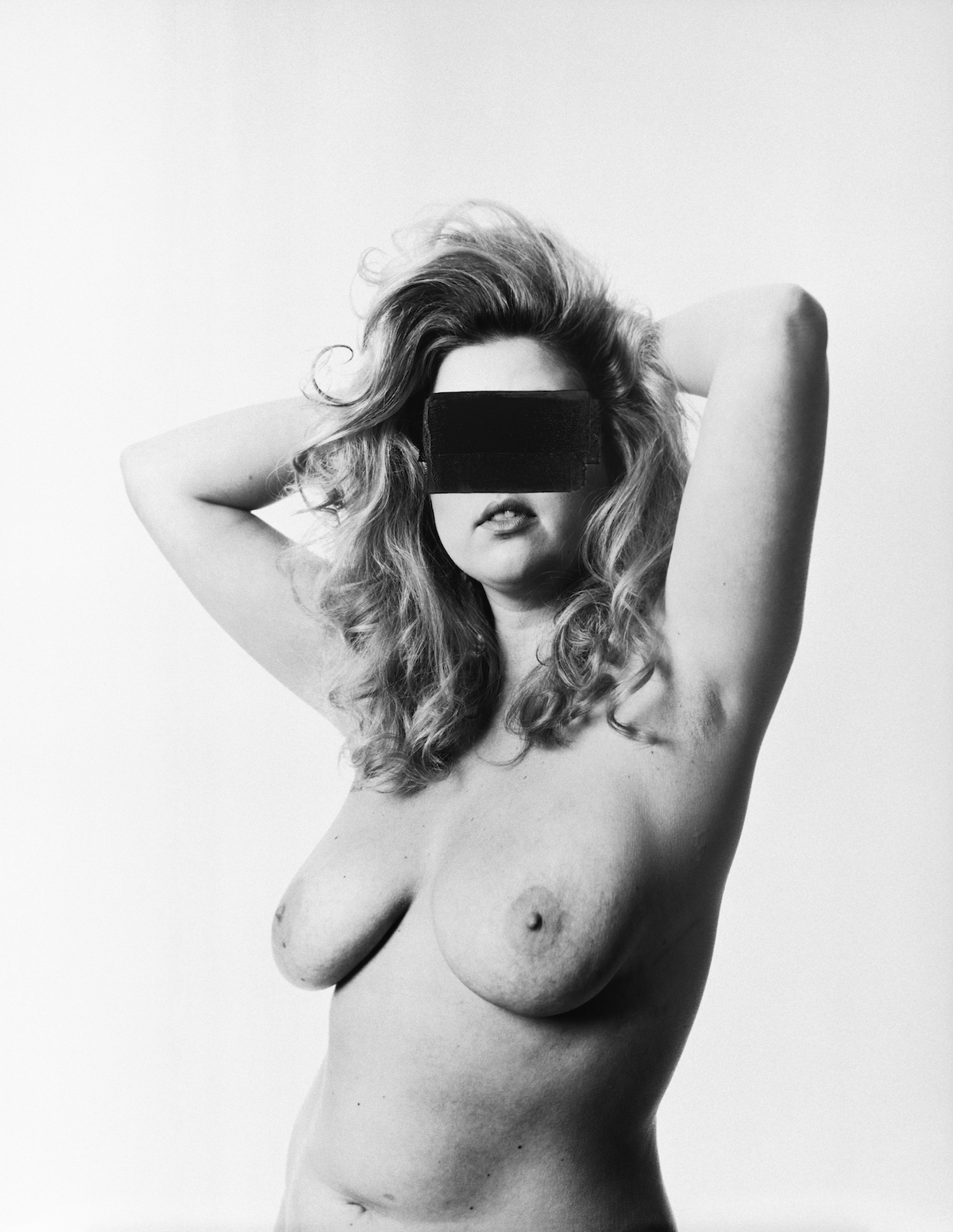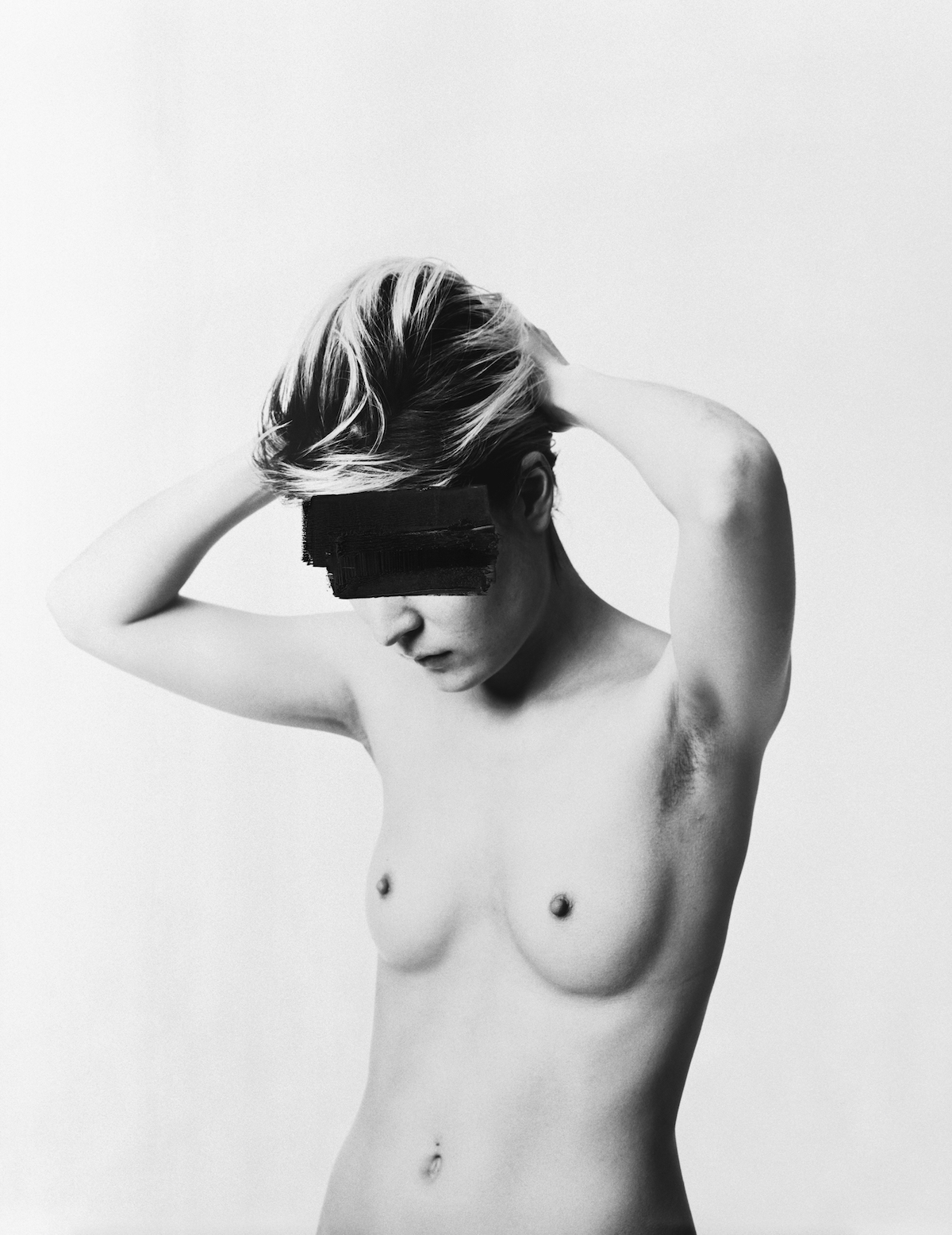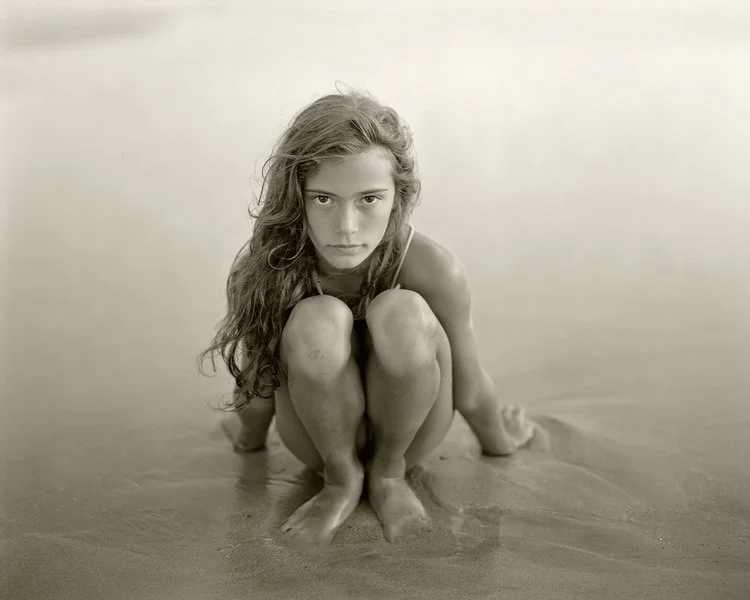Max Snow
Max Snow was born in 1984 and raised in New York City. He studied at the London College of Communications. He is known for his signature black and white photographs, intimate and melancholic, at times as uncomfortable as they are sublime. Beauty, fantasy, mortality, and the metaphysical are all recurring themes. Snow's work is brave, inspiring and original. His upcoming show titled 100 Headless Woman will be on view at the Kathleen Cullen Fine Arts Gallery at 526 w.26th st in NYC from 3/2 - 4/3. We recently caught up with Max to ask him a few questions about the show.
Dennis: In your upcoming show 100 Headless Woman the faces of the woman shown are obscured. How did this idea come about?
Max: I have been experimenting with applying foreign mediums to photographs for some time now and am finally pleased with the achieved results. The obscuring of the faces adds a new dimension to the portrait in both the physical and the intellectual sense. The inks that I use add a new tone and texture and another dimension. In the cerebral sense, the masked subject puts what you know at odds. It defies convention. Most importantly it adds mystery, that’s what I like the most.
You have said that the series "Black Magic" came from an introspective period of your life. How would you describe the period of your life you were in while creating this show?
While creating this show I felt lighter. A little less plagued by demons maybe. There are bets being placed as to how long it will last. Maybe I’m on a smoother stretch of road.
Your work has dealt with mortality, pain, the KKK... generally speaking, the darker areas of humanity, with it some imagery that to most viewers would be unfamiliar or uncomfortable. In this show, the subject matter seems to invite the viewer in for a closer look. Was this your intention?
In a way yes. In this series, I have photographed nudes against a featureless white backdrop. I have focused the viewers gaze on the subjects by abstracting them from any precise time or place. And then obscured their faces. By taking away the eyes, you take away a viewers normal focal point for relating to a portrait. It forces you to look at the subjects in a new way. The fact that what you are looking at a subject that stood for a portrait melts away into shapes. Then one subject melts away into the entire body of work and you see forms en masse and maybe you are using your imagination again.
On display will be church statues of saints with dissolved and chipped away features. I'm sure the Catholic church will have something to say about this. What role has religion played in your life?
I don’t care what they have to say to be honest. I learned one thing which has gotten me this far, If you give a fuck what anyone thinks you will never survive. I would be more nervous to tell my printer that I've defaced the beautiful prints we made. I grew up in a family of diverse religious persuasions. My immediate family is Catholic but there are Sufis, Buddhists, etc. For some strange reason though, of all my siblings, I was the only one who wasn’t baptized. My mother used to say it was because she couldn’t file my horns down fast enough and holy water would boil when I went near it. In answer to the question, If I didn’t reveal that the sculptures began as church sculptures no one would most likely know. I also do not mean to degrade or deface these icons, only change them. There can be beauty in destruction. More like an erosion or a metamorphosis. I'm sure if I sat down for a beer with Mary Magdalene or St. Theresa they wouldn’t mind If I explained that perhaps this is a second Martyrdom and that perhaps a new audience would be viewing their effigies that normally would not. The sculptures, like the photographs, are indiscernible. They are what you would make them in your mind's eye. They are enigmatic ghosts.
What advice do you have for young artists of today?
Don’t give a fuck what anyone thinks. Be true to your self… Wait, Am I not a young artist?


